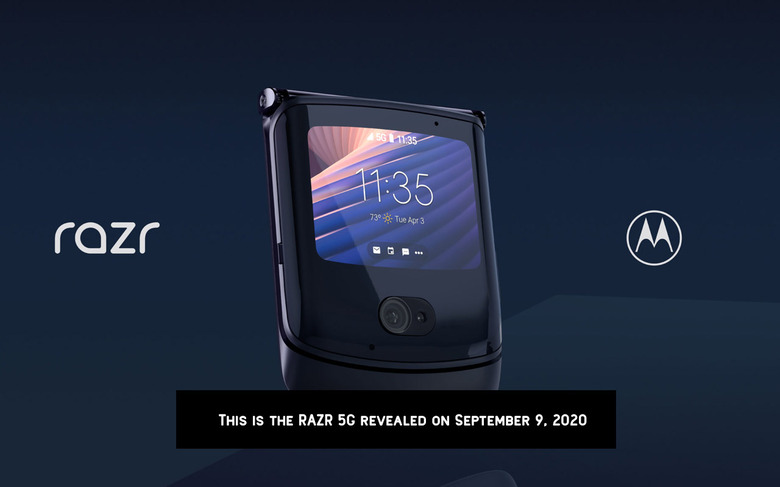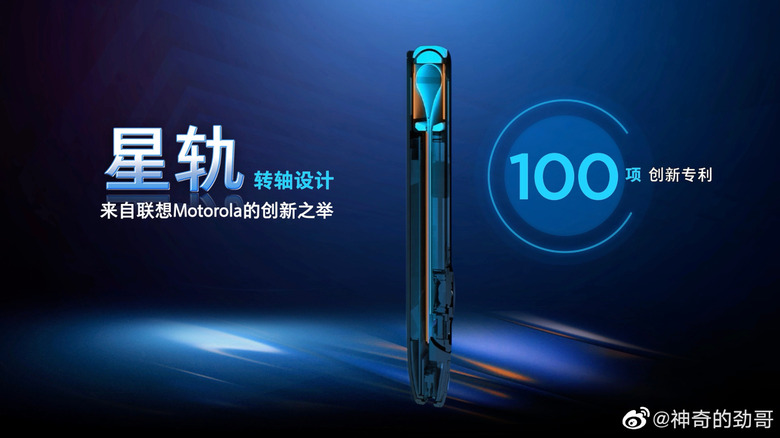Motorola Razr Successor Will Face An Uphill Battle Next Year
Although Samsung was the first to reveal plans for a foldable phone, it wasn't actually the first to come out with one. Beating even Huawei to the punch, Royole brought the world's first commercially available foldable phone, though the FlexPai was barely available in most markets. So, when it came to the clamshell form factor, it was the revived Motorola Razr that you could argue was truly first on the scene. Now the Lenovo-owned company wants to reclaim its crown, but its next-gen Razr will be facing some heavy competition by the time it debuts.
Although Motorola announced the new Motorola Razr in 2019, it wouldn't be until four months later that the world's first flexible display clamshell would land in the market. Even by 2020 standards, however, the Motorola Razr 2019 – as it would be called – already had disappointing hardware. For a start, it didn't support 5G, and it ran a version of Android that was more than a year old. It felt more like a proof of concept, frankly; a demonstration that yes, Motorola could make foldables, instead of an honest-to-goodness best effort at a product destined for the commercial success the original RAZR enjoyed.

The Motorola Razr 5G a few months later would fix most of those problems, but it still fell short of the first Galaxy Z Flip that Samsung already had in the market by then. It was playing in a mid-range court against Samsung's premium foldable clamshell. Its one advantage – and one which lingers until today – is that it has the biggest external screen among its peers, including the new Huawei P50 Pocket.
Motorola has been absent from the foldable scene since then, and even parent company Lenovo has been tight-lipped on the category. It almost seemed like the return of the famed Razr brand would be short-lived, just like Motorola's career in foldables. According to a Lenovo exec, however, that is definitely not the case.
Lenovo's Chen Jin posted on Weibo, reminiscing about the 2019 foldable and looking forward to the future. He promised that the company was far from slacking off in that arena, teasing a new Razr foldable phone with more advanced computing power, an improved user interface, and a better physical appearance. Whether that will translate into high-end specs is anyone's guess at this point.

Without first-mover advantage this time around, Motorola, will likely have an even tougher time standing out compared to its first attempt. Samsung has pretty much cornered the foldable clamshell market, with pricing basically falling in line with non-foldables. The new Huawei P50 Pocket, meanwhile, also looks like a strong contender, though it's too early to consider it a winner – and will find itself hamstrung by the same export blocks that Huawei's other devices suffer. Motorola will definitely need an ace or two up its sleeve if it wants the foldable Razr to become as memorable as its ancestor.
